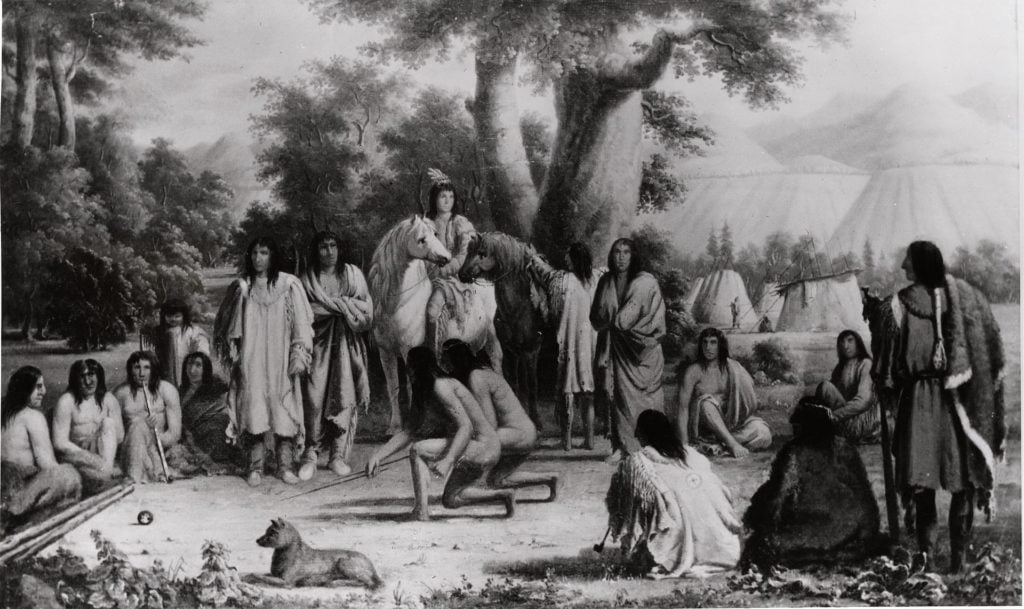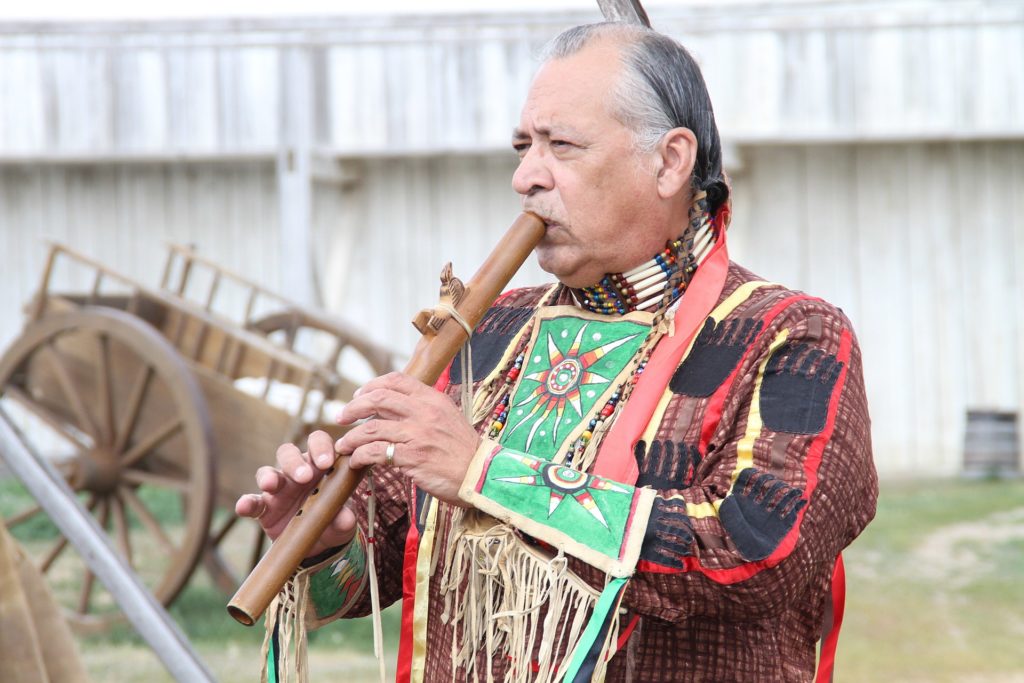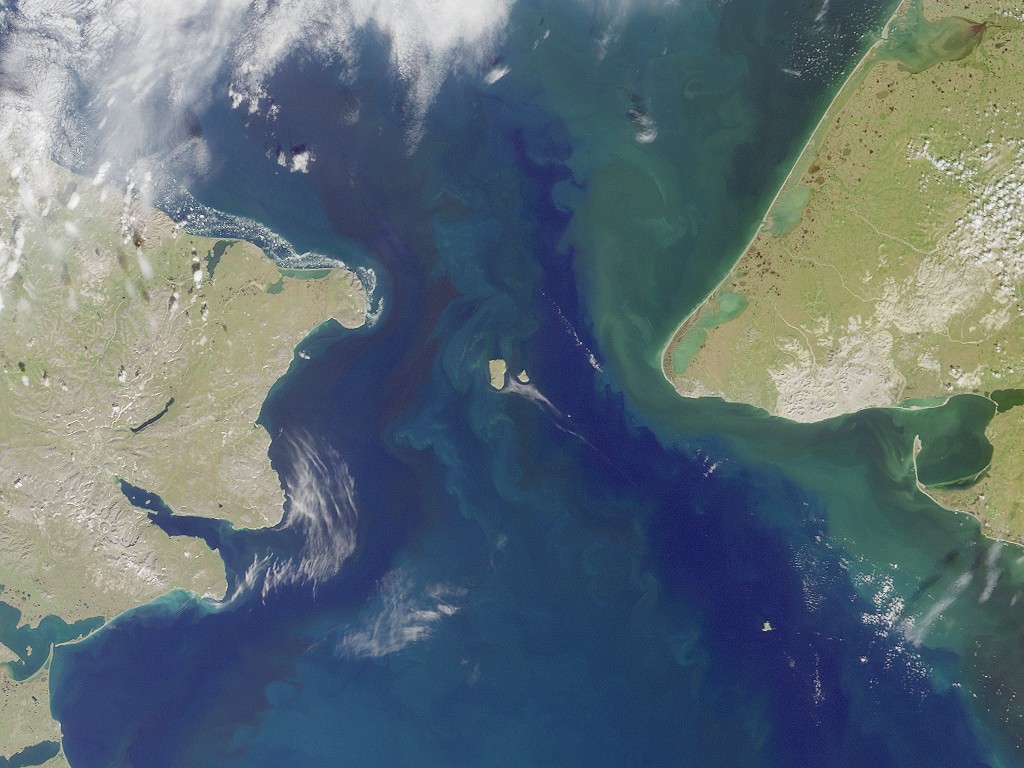
The Native American DNA (Haplogroup Q) is found to originate from Central Siberia and Central Asia, a recent study shows. Q-M242 is the predominant Y-DNA haplogroup among Native Americans and several peoples of Central Asia and Northern Siberia.
The DNA of approximately ninety percent of pre-Columbian Native Americans belonged to haplogroup Q, and all descend from the branch Q1a2a1 (L54). Haplogroup Q or Q-M242 is a Y-chromosome DNA haplogroup.
It has one primary subclade, Haplogroup Q1 (L232/S432), which includes numerous subclades that have been sampled and identified in males among modern populations. Q-M242 is the predominant Y-DNA haplogroup among Native Americans and several peoples of Central Asia and Northern Siberia.
Haplogroup Q, which is the youngest lineage, shares immediate direct ancestry with Haplogroup R. A haplogroup is a group of similar haplotypes that share a common ancestor with a single-nucleotide polymorphism mutation.
A haplotype is a combination of alleles at different chromosomal regions that are closely linked and tend to be inherited together. An allele, or allelomorph, is a variant of the sequence of nucleotides at a particular location, or locus, on a DNA molecule.
A 36,000-Year-Old Story
Native American DNA has a history that goes back thirty-six thousand years, according to the book Origin: A Genetic History of Native Americas, by Jennifer Raff, an American geneticist and associate professor of Anthropology at the University of Kansas.
Around thirty-six thousand years ago, a small group of people living in East Asia began to break off from their larger ancestral populations in the region. By about twenty-five thousand years ago, the particular group in East Asia itself split into two.
One gave rise to a group referred to by geneticists as the ancient Paleo-Siberians, who remained in Northeast Asia. The other became what is now known as the Indigenous peoples of the Americas.

Around twenty-four thousand years ago, both groups independently began interacting with an entirely different group of people: the ancient Northern Siberians.
Some archaeologists and geneticists argue that the two grandparent populations of Native Americans—the group in East Asia and the ancient community in Northern Siberia—met because people moved north (not south) in response to the last glacial maximum (LGM), a period in which much of northern North America was covered by massive glaciers.
Thus, many geneticists look north to Beringia for the location of the refugia that may have allowed the ancestors of Native Americans to survive the Ice Age. Central Beringia is mainly covered by water today, but it was a substantial land connection between fifty thousand and eleven thousand years ago.
Beringia is defined today as the land and maritime area bounded on the west by the Lena River in Russia; on the east by the Mackenzie River in Canada. At various times, it formed a land bridge referred to as the Bering land bridge, allowing biological dispersal to occur between Asia and North America.
The term “Bering Land Bridge” gives the impression that people raced across a narrow isthmus to reach what is today Alaska. However, oceanographic data clearly show that during the LGM, the land bridge was twice the size of Texas.
If the “Out of Beringia” model is correct, Beringia wasn’t a crossing point but a homeland. It was a place where people lived for many generations, sheltering from an inhospitable climate and slowly evolving the genetic variation unique to their Native American descendants.
The Beringian Split and Native American DNA
The Beringians split into three groups: the Ancestral Native Americans, who would move south below the ice sheets and become ancestors of the First Peoples; the Ancient Beringians, who would remain in Beringia; and a mystery group known today indirectly from the traces of ancestry it contributed to some Mesoamerican populations.
About seventeen thousand years ago on the western coast of present-day Alaska, the ice sheets began to melt, and the Ancestral Native Americans moved southward. This expansion left very clear imprints in the genomes of their descendants.
Mitochondrial DNA lineages show us that after the LGM, people were suddenly and rapidly spreading out. Their populations were growing enormously—about sixty-fold between about sixteen and thirteen thousand years ago.

This population explosion is exactly what we expect to see in the genetic record when people move into new territories, where resources are far less limited, there is no competition from other people, and the game animals do not yet have any fear of humans, having never before seen them.
According to Raff, that small group of people survived one of the deadliest climate episodes in all of human evolutionary history through a combination of luck and ingenuity. They established themselves in a homeland from which their descendants—hoping to establish a new and better life for themselves—ventured out to explore.
These descendants found new lands beyond their wildest expectations and entire continents (possibly) devoid of people. These were lands to which they quickly adapted and developed deep ties.
See all the latest news from Greece and the world at Greekreporter.com. Contact our newsroom to report an update or send your story, photos and videos. Follow GR on Google News and subscribe here to our daily email!



